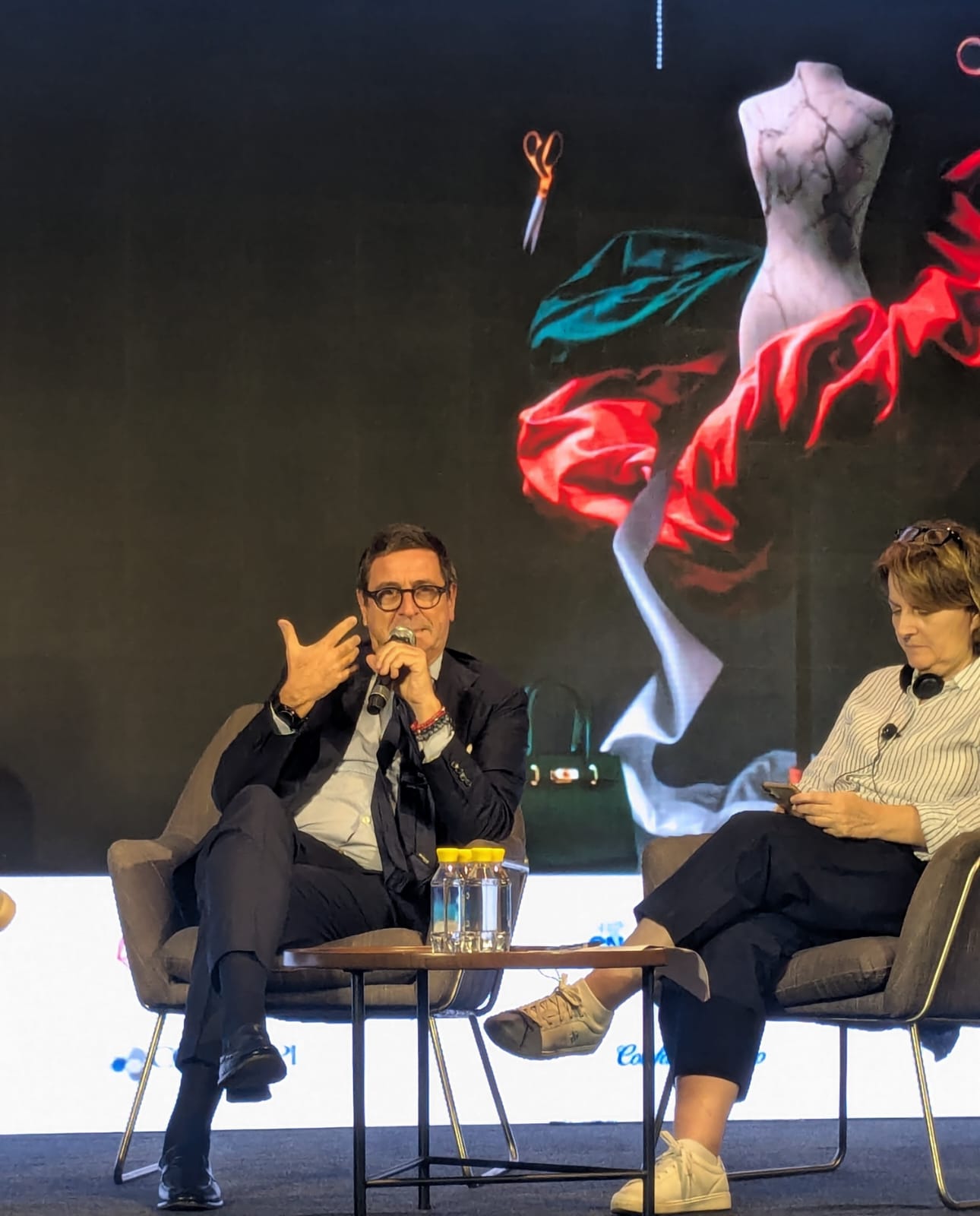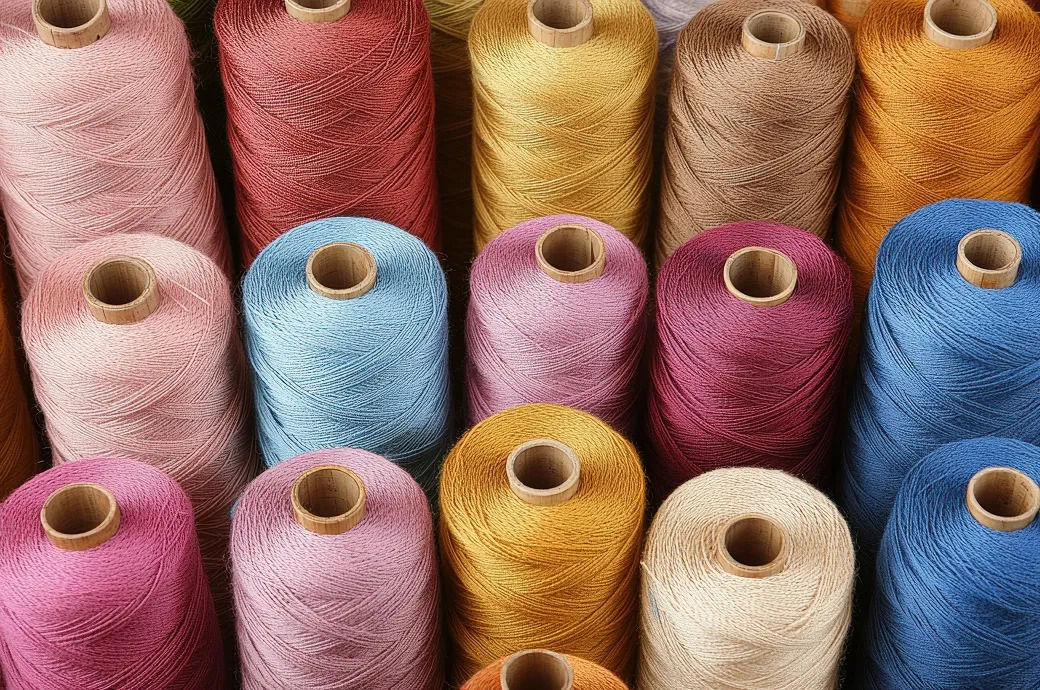Kenya wants to make a mark in global textile segment. The government is trying to lure textile manufacturers with a new subsidy, this year slashing the cost of power. It’s believed the sector can create 3,00,000 jobs if given the push it needs to grab a larger slice of the global clothing market.
Global buyers are weighing Africa up against Bangladesh. The death of over 1,000 workers in a 2013 factory collapse in Bangladesh, are forcing them to re-evaluate their sourcing. Safety issues in a factory can damage a brand’s image. Africa on the other hand appears to offer a series of advantages – it has water, cotton, labor and green energy. Unlike Bangladesh, African countries also have duty-free access to the US apparel market under the African Growth and Opportunity Act. (AGOA)
Ethiopia has set up functioning business parks for factories. Kenyans are expert clothes makers. The largest apparel factory in Kenya, Ashton Apparel, is growing and turns over a $100 million a year. The business produces denim for H&M, Walmart and others. However, Kenya’s apparel industry is still small, with an estimated 30,000 workers. The industry comprises only six per cent of the small manufacturing sector.
Kenya aims to global leader in textiles and apparels
- 1
- 2
- 3
- 4
- 5
- 6
- 7
- 8
- 9
- 10
Global Sourcing Expo: Offering an unparalleled access to international manufactu…
The highly anticipated Global Sourcing Expo is set to return to the Melbourne Convention and Exhibition Center from November 18,... Read more
The Soulful Stitch: Why ‘High-End’ Italian craftsmanship relies on ‘Happy Tailor…
A fascinating look into the labor practices of high-end Italian craftsmanship revealed a revolutionary philosophy at the recent 'Italian Fashion... Read more
Italian Fashion CEO Warns: 'Small and Beautiful' is no longer enough for global …
The 'Italian Fashion Days in India' (Le Giornate della Moda Italiana nel Mondo), marking a significant new step in the... Read more
Deloitte’s 2025 findings show how Gen Z is forcing a rethink in fashion’s profit…
The fashion industry is entering a generational re-mix. Deloitte’s 2025 Gen Z & Millennial Survey reveals younger consumers who will... Read more
Global Sourcing Hub Descends on Milan: Ready to Show gears up for February 2026 …
The global fashion sourcing industry is set to converge on Milan once again as READY TO SHOW, the only trade... Read more
Blueprint 2030: India’s textile industry charts a $100 bn export mission
When India’s Ministry of Textiles unveiled its four-point action plan recently, it wasn’t just another policy announcement it was a... Read more
Cheaper Indian yarn threatens Bangladesh’s textile backbone
Bangladesh's yarn and textile manufacturing sector is facing a severe crisis, primarily due to a price gap between locally produced... Read more
Threadbare Peace: Why the US-China textile truce freezes pain instead of fixing …
The historic economic understanding between US President Donald Trump and Chinese President Xi Jinping, reached in Busan last week, may... Read more
German Textile and Fashion Industry demands SME friendly procurement rules
The German Textile and Fashion Industry Federation (Gesamtverband textil+mode) is urgently warning the German Bundestag about the potential negative consequences... Read more
Intertextile Shanghai Spring 2026: Driving fashion’s future AI and sustainabilit…
As the global fashion supply chain rapidly evolves through technological advancements, China continues to cement its role as a leader... Read more












